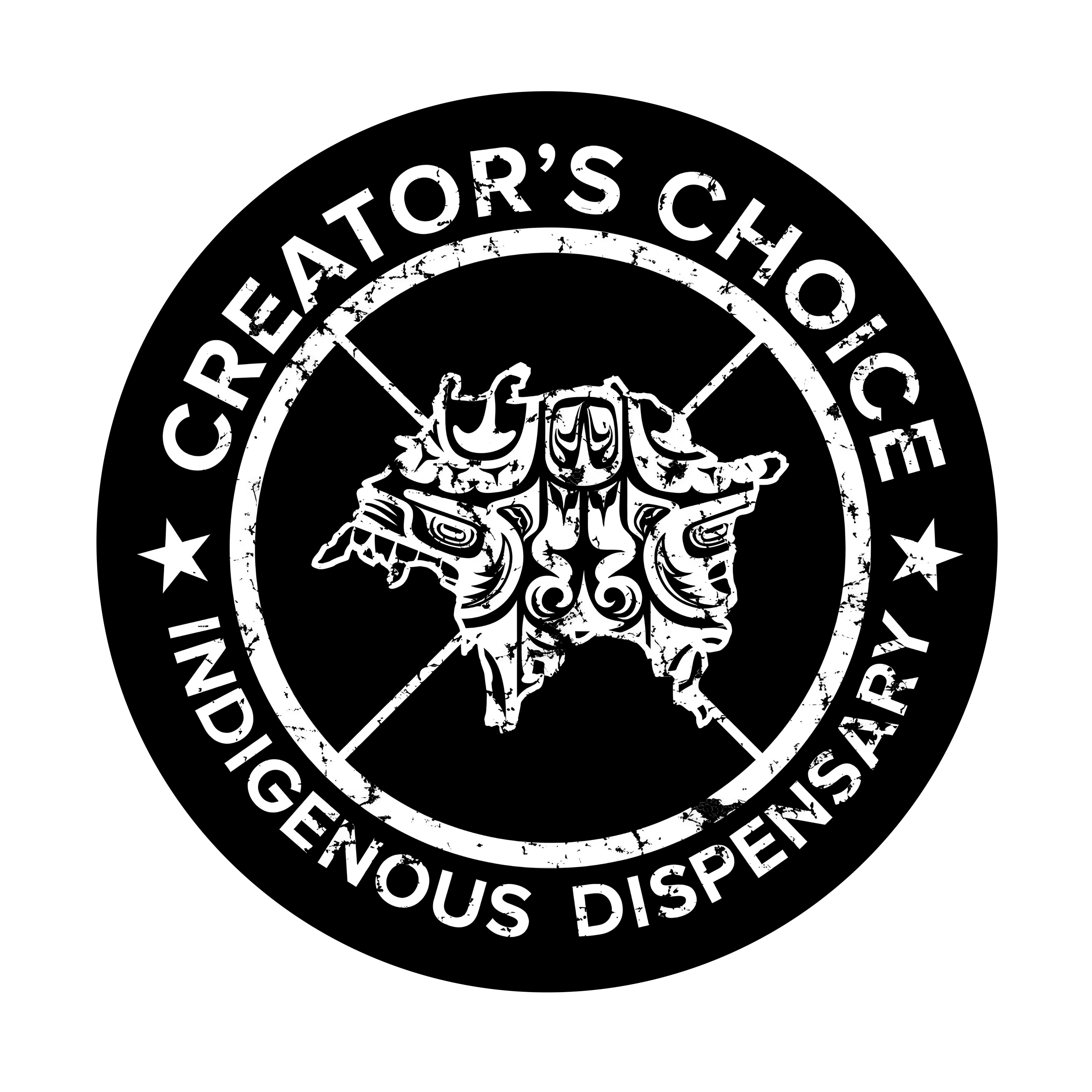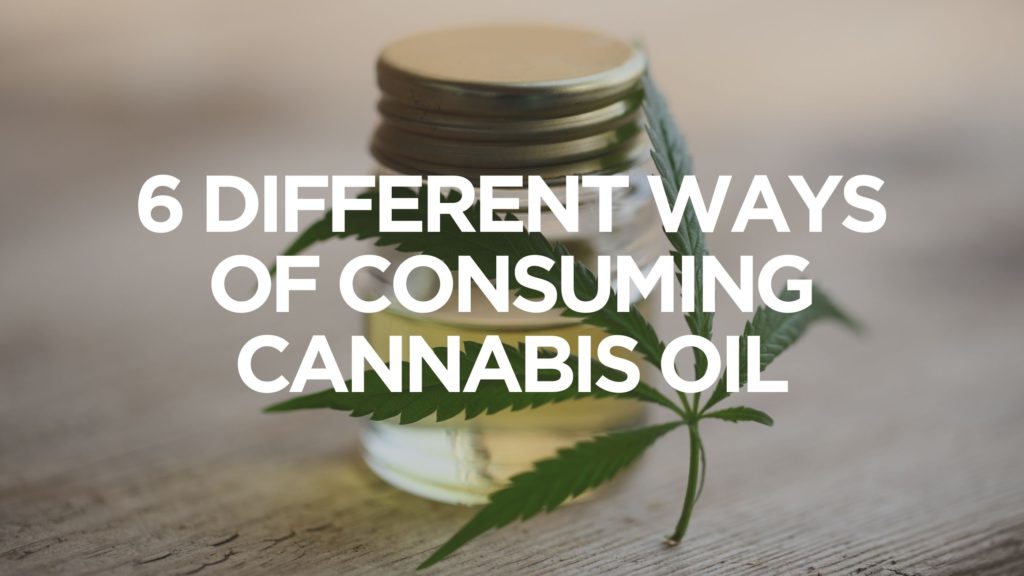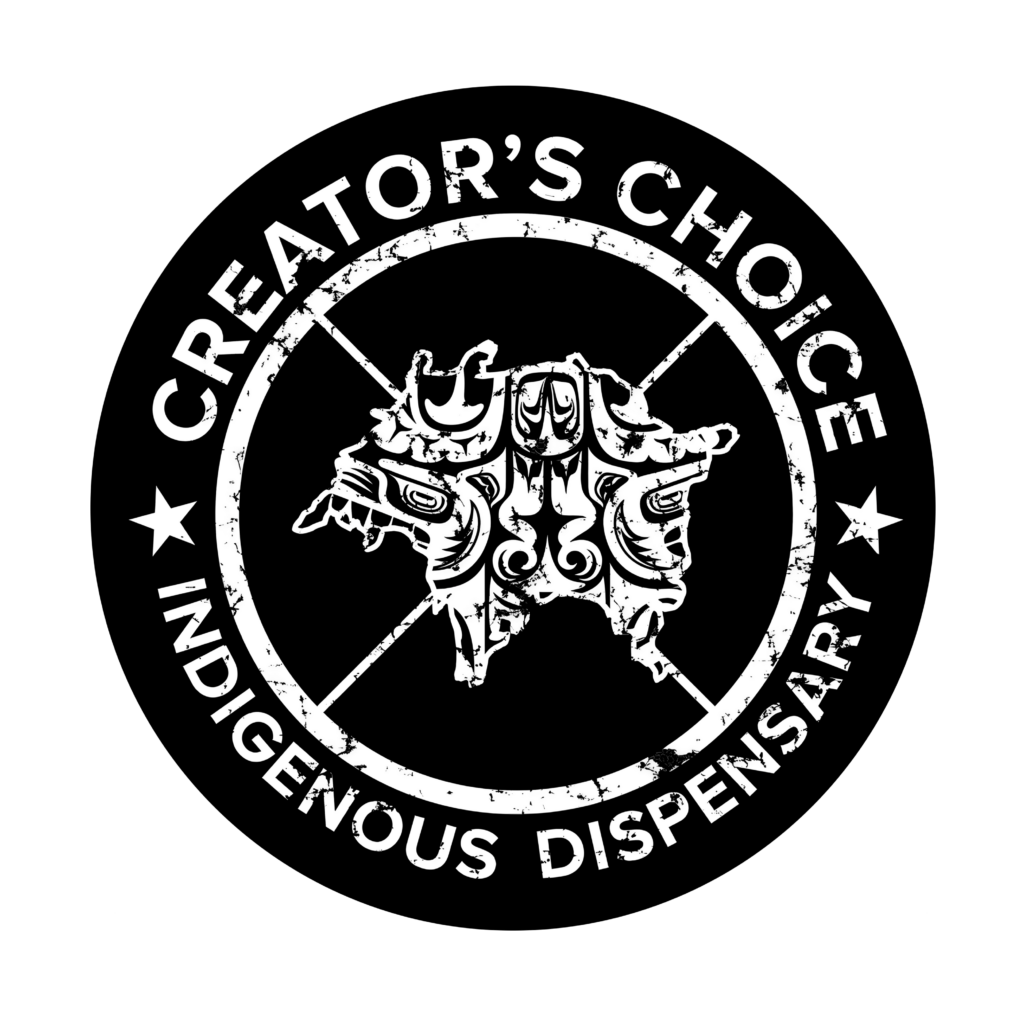It’s no secret that how to consume cannabis oil is becoming an increasingly popular search option among Canada’s cannabis users – dedicated or not. This is because cannabis oil offers a variety of benefits that other forms of marijuana don’t. Thanks to its nifty advantages, how to consume cannabis oil can be an attractive option for those who don’t necessarily enjoy smoking cannabis.
So what exactly are the different ways of consuming cannabis oil? There are many ways to get the full benefits of cannabis oil — so much so that it can confuse those who aren’t adept in the field of cannabis consumption.
But worry not! This blog post will discuss the many ways one can enjoy cannabis oils. We’ll also get into detail about the pros and cons each method has to offer, Find one that works best for you!
Ways to consume cannabis oils
There’re several ways to consume cannabis oil, but they fall mainly into three categories. Each method has some unique pros while also sharing some of the typical cannabis cons:
- Oral consumption is the most common way to take cannabis oil. This method involves swallowing the oil in pill form. Oral consumption is the slowest way to absorb the cannabinoids, but it also provides the most extended duration of relief.
- Topical consumption is when the oil is applied directly to the skin. This method is fast-acting and provides relief for localized pain. However, topical consumption can irritate the skin and may not be effective for treating chronic pain.
- Inhaled consumption is when the oil is vaporized and inhaled. This method is the fastest way to absorb the cannabinoids, providing the shortest duration of relief. Inhaled cannabis oil, just like other delivery methods, can be used to boost one’s mood while also being a social activity (such as when you don’t bogart the joint).
Via tinctures (sublingual use)
One way to consume cannabis oil is via tinctures. Tinctures come in a liquid medium that you administer by placing drops under your tongue. This method is very fast-acting since the cannabinoids are absorbed directly into your bloodstream without passing through the digestive tract.
One of the main selling points of tinctures is easy dosage. Tincture bottles come with droppers for controlled dosing. Each drop contains a precise amount of cannabinoids, making this option particularly useful for those taking cannabis as prescription medications.
The main drawback of tinctures is that they provide a relatively short duration of relief. Sublingual use is also not the most discreet way of consuming cannabis, as you’ll need to bend your neck upwards for the world to see.
But overall, tinctures remain one of the most efficient and effective ways of using cannabis oils. They’re fast-acting and potent — be ready for some stares when you’re dosing out in public.
Via edibles (oral consumption)
Another way to consume cannabis oil is via edibles. Edibles refer to any food or beverage product that’s been infused or made with actual cannabis oil (either THC, CBD, or both). Though not all edibles use oils (some use kief or other concentrates), several treats and beverages are infused with weed oil.
Edibles remain the top choice for those who don’t enjoy the flavour (or aroma) of cannabis and even hemp plants. With so many different edibles to choose from (e.g. beverages, gummies, baked goods, chocolate), there’s never a dull moment with these sweet treats.
When taking infused edibles or making your own infused treats, keep in mind that the effects are generally more potent. The addition of other oils such as canola oil or even canna-butter drastically increases the bio-availability of the cannabinoids, thus boosting any psychoactive effects your treats may have (if any).
The main drawback of edibles is that it can be challenging to determine the exact dosage of THC and CBD, especially if you’re creating your edibles from scratch. It’s also important to note that edibles can take up to two hours to take effect, so it’s important not to overeat at once! Unfortunately, many still fall prey to thinking they haven’t had enough — often resulting in serious side effects.
Edibles are a lot of fun and exciting to consume – they allow you to reap the benefits of cannabis without having to taste it. This one’s the go-to for those who have a sweet tooth or just want to have something more substantial (while also having a good time). They’re tasty and long-lasting while also fitting seamlessly into one’s general lifestyle.
Via capsules or gels (oral consumption)
A third way to consume cannabis oil is via capsules. Capsules are pills that contain oil and sometimes other additives. They’re an excellent option for those who want a controlled dosage of cannabinoids without having to worry about other factors such as bioavailability and the like.
Virtually everybody knows how effective pills are when treating various medical conditions. Capsule or gels are no exception. They’re straightforward to use, and they offer long-lasting relief from many health issues, including pain, nausea, anxiety, depression, and more!
One thing to note: when ingested orally, the cannabinoids can take a tad longer to take effect as compared to sublingual use. This, of course, shouldn’t be a big issue since the difference is not too big. When deciding between alternative treatments (capsule versus tincture), remember that this is all about nit-picking.
There’s also a difference between capsules and gels. Though some brands use them interchangeably, it’s best to know how one is different from the other:
- Capsules secure the oil solution in a hard shell. They’re essentially like prescription medicines, but they don’t contain hazardous chemicals or other compounds.
- On the other hand, Gels are cannabis oil solutions that have been packaged in liquid form. They’re usually placed between the gums and cheeks — much like sublingual use (though not as potent).
- One advantage of hard-shelled capsules is that they don’t break down easily against environmental agents such as temperature and moisture. They store well and can last longer than gels.
- In comparison, soft-shelled gels can melt when exposed to heat, so proper storage must be. Exposing gels to moisture can also lead to increased stickiness, affecting the overall potency and quality of the pills.
- Though hard-shelled capsules are generally more secure, they’re less bioavailable than gels. Gels in delivering non-soluble medicated such as weed oil to the body. This is because solubility is key to absorption and subsequent effects.
- That being said, capsules still provide a rather convenient method of oil consumption that you’ll surely appreciate if you’re the type to be constantly on the go.
The main drawback of capsules and gels is that they can be pretty pricey. This is especially true if you’re looking for organic, non-GMO products.
You can, however, anticipate top results with this dosage technique. Potency, speed, and efficiency all come together in this fantastic oil-based product. If you’ve got money to shell out and want to consume cannabis straight out of the box, then the capsule or gel is the premium choice to make.
Via topical (topical consumption)
Another way to use oils is via topicals. Unlike the other methods listed above, you don’t consume, eat, or drink topicals. Instead, you apply these products directly onto your skin’s surface – particularly on common problem areas such as muscle joints.
Topicals are an excellent option for constantly beleaguered by joint pain, stubborn skin problems, and even peripheral neuropathy. They’re also a perfect choice if you’d like something that works quickly but doesn’t last very long (such as when treating localized pain). The downside is that topicals can sometimes be irritating to the skin.
If you need something to treat muscle pains or skin conditions, topicals are a no-brainer. There are different kinds of oil-based cannabis topicals to choose from:
- Salves: Salves are a topical that uses beeswax as the main base. They’re often used to treat joint pain, muscle aches, and skin conditions such as psoriasis and eczema.
- Lotions: Lotions are another popular choice for topicals. They usually contain water, oil, alcohol, and other emulsifiers. They’re great for treating conditions that affect a large area of skin, such as arthritis or sunburns.
- Creams: Creams are similar to lotions but are thicker and more luxurious. They often contain shea butter and vitamin E ingredients to nourish the skin.
- Body Oils: Oils are the most common type of cannabis topicals. They’re usually made from hemp oil or coconut oil and are typically used to relieve joint pain, muscle aches, and skin conditions such as psoriasis and eczema.
- Balms: Balms are also a great way to consume cannabis via topical application! These products have no water or oil content but are instead made of beeswax and cannabis oil. They’re perfect for treating things like muscle aches but work just as well against hard-to-rid-off skin concerns.
Via inhaled (inhaled consumption)
Another way to consume weed oil is via inhalation. Inhalation is when the oil is vaporized and inhaled. This method is the fastest way to absorb cannabinoids, but it also provides a short duration of relief.
Inhaled oil can help treat anxiety and major depressive disorder symptoms thanks to its mood-lifting and soothing effects. However, the downside to this method is that inhaling smoke from marijuana consumption is not healthy.
Overall, inhaled cannabis oil is a great way to absorb cannabinoids and quickly relieve various conditions. However, it’s important to note that smoking marijuana is not healthy, so this method should be used sparingly.
Via vaping (inhaled consumption)
A newer way to consume cannabis oil is via vaping. Vaping is when the oil is vaporized and inhaled using a vape pen or dab rig. Just like regular inhalation, this method is quick to act and dissipate.
Inhaling cannabis oil with vape pens is an excellent alternative to smoking fresh nugs (which can emit heavy smoke). There’s no smoke involved with this one, thus minimizing the risk of lung irritation. Those with chronic respiratory syndromes such as asthma might find vaping the more suitable delivery method.
Though vaping offers a smoke-free marijuana experience, it’s not without disadvantages. One glaring problem is the need for equipment to get going. E-cigarettes can cost a lot, and going for cheaper ones is a no-no.
Still, vaping can help you get your desired experience when consuming oils. Make it a must to buy high-quality vapes and carts. Otherwise, you might not enjoy the experience after all.
Which method of how to consume cannabis oil is right for you?
First, determine what condition(s) you are treating with weed oil. Then, decide which method would be the most effective for treating that condition(s).
Some people choose to use more than one method of consuming oil to maximize its benefits. For example, a person who suffers from chronic pain may take cannabis oil orally and use it topically for targeted relief.
Next, experiment with different methods to see which one works best for you. Don’t be afraid to try new things! With so many ways to consume cannabis oil, no method won’t fit your lifestyle and preferences.
Once you’ve narrowed down your options, it’s all just a matter of personal preference. Perhaps you enjoy the simplicity of capsules or the drama of edible products — it’s really up to you. As a general rule: always remember to start low and work your way up.
No matter which method you choose, be sure to consult with a healthcare professional before starting treatment with weed oil. They can help you decide which method is best for you and provide guidance on consuming oil safely and effectively.
Cannabis oil 101: The basics
Cannabis oil (also known as marijuana oil) is a concentrated product derived from the cannabis plant. It’s generally made from female cannabis plants, and different parts of the species are utilized. Flowers offer the greatest potency, but some oils are made from leaves and other parts as well.
What’s in cannabis oils?
Most oils you’ll find in the market today contain the following substances and ingredients:
- cannabinoids (mainly THC and CBD)
- terpenes and flavonoids (applies only to broad-spectrum and full-spectrum oils)
- a carrier oil
The main chemical component found in oils is the cannabinoids themselves. Cannabinoids refer to a chemical class of compounds commonly associated with weed and hemp plants. They interact directly and indirectly with a unique group of bodily receptors known as the endocannabinoid system or ECS (more on that later).
There are over a hundred distinct cannabinoids in the Cannabis sativa plant, but the most well-known and researched are tetrahydrocannabinol (THC) and cannabidiol (CBD). THC is the cannabinoid responsible for the euphoric sensation that’s become the reputation of marijuana. On the other hand, CBD has become an increasingly attractive option for medical marijuana patients thanks to its therapeutic qualities.
Aside from the cannabinoids themselves, most cannabis oils come with added terpenes. For those who don’t know, terpenes are a group of aromatic compounds found in plants with multiple functions. They impart unique flavours and scents and provide some medicinal and therapeutic benefits such as anti-inflammatory, antibacterial, and anti-fungal qualities.
Some of the most common terpenes in most marijuana strains include the following:
- Limonene: citrusy and tangy, has mood-enhancing properties
- Pinene: piney and woodsy, anti-inflammatory
- Myrcene: earthy and musky, relieves pain and promotes muscle relaxation
- Linalool: floral with a hint of sweetness, promotes stress-relief
- Caryophyllene: peppery and spicy, has anti-inflammatory properties
Lastly, the carrier oil is used as the product’s base. After extracting cannabinoids and other compounds, manufacturers dilute them with carrier oils. This allows for easy product dosing while also masking some potentially strong (and unpalatable) flavours.
Aside from serving as the base of the cannabis product, carrier oils also impart some benefits of their own. Oils used in cannabis products boost the bioavailability of cannabinoids. This allows the body to absorb the good stuff better without relying on other ingredients or substances.
To date, there are many types of carrier oils being used for this purpose. Some of the more common options include:
- MCT oil: The main component of coconut oil, this medium-chain triglyceride promotes a healthy metabolism and brain function.
- Olive oil: One of the most popular edible oils globally, olive oil contains antioxidants that can help protect your heart from diseases.
- Hemp seed oil: Made from cold-pressed hemp seeds, this carrier holds many nutrients, including Omega- fatty acids and gamma-linolenic acid (GLA).
- Grapeseed oil: This oil is made from the seeds of grapes. It has antibacterial and anti-inflammatory properties, and it’s also rich in nutrients like vitamin E.
- Avocado oil: Avocado oil is a popular choice for consumable cannabis products because of its flavour and nutritional value. It contains healthy fats that are good for the heart and vitamin E and B vitamins.
- Coconut oil: Coconut oil is rich in saturated fatty acids that can help improve the overall health of your skin.
Why use cannabis oil?
You may be wondering, why resort to how to consume cannabis oil in the first place? Cannabis has long been used as a natural remedy to treat various medical conditions. At the correct dose, it’s been known to relieve chronic pain, address mental health issues, and treat muscle spasms.
- Provide relief from chronic pain: It’s an effective natural pain reliever. This is because cannabinoids bind to receptors in the body responsible for managing pain.
- Address mental health issues: It’s been shown to help with various mental health conditions, including anxiety, depression, and PTSD. The oil can also help improve sleep quality and duration.
- Treat muscle spasms: It has also been shown to help relieve muscle spasms and reduce inflammation in the body. As a result, it can help lessen symptoms of multiple sclerosis and other chronic conditions that cause involuntary tightness or stiffness of muscles.
Several peer-reviewed studies have also shown that weed oil can kill cancer cells. More recently, researchers are discovering the ability of CBD (a cannabinoid found in both cannabis and plants) in preventing the spread of SARS-CoV-2 – the virus responsible for the Covid-19 infection.
The two main active ingredients in marijuana oil are CBD and THC. These two compounds interact directly and indirectly with the body’s endocannabinoid system. The ECS plays a central role – both in humans and other mammals – in maintaining internal chemical balance, which affects mood, pain perception, and more.
The endocannabinoid system comprises complex pathways involving various endocannabinoid receptors spread throughout the body. When cannabinoids from cannabis oil bind to these receptors, they can help to regulate functions like pain, mood, appetite, and memory.
So far, research has shown that CBD is more beneficial than THC for treating certain conditions like anxiety, psychosis, and seizures. It is also less likely to cause side effects like THC does. On the other hand, THC can help alleviate chronic pain and muscle spasms and treat symptoms of Alzheimer’s disease.
It should be noted that marijuana oil products have varying concentrations of CBD vs THC depending on which strain they are made from. There are several varieties of cannabis available, with various concentrations of CBD and THC. It is essential to consult with your health care provider before starting any new treatment plan, including using weed oil, to ensure that it is safe and effective for you.
Why is oil better than other cannabis concentrates?
So you may be thinking: why choose the oil over other consumption methods? If you’re looking for a cannabis fix without the smoke, vaping products make it easy to get your dose. And if you can’t stand the taste of weed, THC and CBD edibles are a surefire way to enjoy the plant’s benefits.
Buy cannabis oils offer a canna experience you won’t get with other weed products. There are several reasons why oil is considered the best way to consume cannabis by advocates and amateurs alike. Here’s what they have to say.
Potency: Truth be told: oils are the most potent and concentrated forms of cannabis. Even just a few drops (or a capsule) can easily provide you with a large amount of THC or CBD you won’t get anywhere else. This makes it not only convenient but cost-effective.
Oil is also the most effective way to consume cannabis. The cannabinoids in oil are absorbed into the bloodstream faster than other forms of cannabis, such as edibles or vaping. This means that you will feel the effects of the cannabinoids sooner than if you consumed another form of cannabis.
Simplicity: Unlike other cannabis products, oils don’t need to be heated up or ground before use. They can easily be added to food or drink and are absorbed by the body in a matter of minutes. This makes them perfect for on-the-go consumption.
“Oil is the best way to consume cannabis because it’s fast-acting and convenient,” writes one Redditor. “CBD oil is great when you’re out and about, especially in public places where smoking isn’t allowed.”
Of course, it all depends on how you use your oil. Oil can be one of the most discreet ways to consume cannabis — that’s if you don’t want anyone knowing that you are taking cannabis. Otherwise, let the bottle loose!
Flexibility: The versatility of oils makes them some of the best cannabis products on the market today – from straightforward capsules to edibles like brownies or gummies. And because oils are so pure, they can be used to make various cannabis products. There are even oil-based products such as transdermal patches that you can ease to treat localized pain!
Just as with other cannabis products, you can buy oils pre-made (as in tincture or capsule form). But you could just as well make your concoction if you’re feeling up for some experimentation.
Different Ways of Consuming Cannabis Oil — Conclusion
So, what’s the best way to consume cannabis oil? The answer depends on your personal preferences and needs.
If you want a precise steady release of the cannabinoids, capsules are a good option. If you need immediate relief, tinctures or inhaled consumption is the way to go. And if you want to enjoy the flavour of marijuana oil along with its therapeutic effects, edibles are definitely for you!
No matter which method you choose to consume cannabis oil, be sure to order yours from Creator’s Choice today. We offer a variety of products such as Honey Oil and Nectar Oil – VARIOUS STRAINS that will meet your every need. Thanks for reading!



